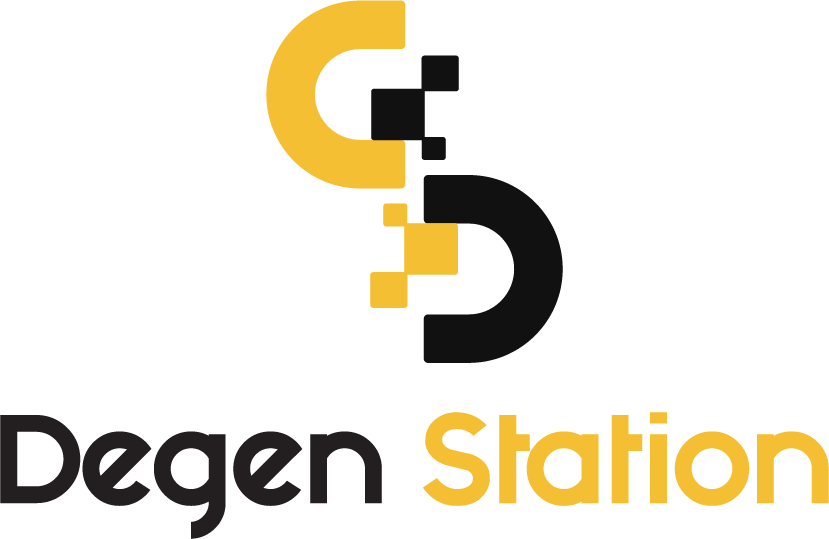Vitalik Buterin Raises Concerns About Risks of "Re-staking" for Ethereum Network

Ethereum founder Vitalik Buterin has expressed concerns about the complex consensus mechanisms that Ethereum is planning to implement, specifically regarding the Re-staking solution based on its original design.

Vitalik Buterin Raises Concerns About Risks of "Re-staking" for Ethereum Network
In a recent blog post, Buterin voiced caution regarding additional solutions that introduce unnecessary risks and complicate the role of validators within the Ethereum network. He specifically expressed concerns about Re-staking, a solution developed by EigenLayer, due to the validation burdens it could impose on Ethereum validators for external chains.
Don't overload Ethereum's consensus:https://t.co/07tzyCrZcJ
— vitalik.eth (@VitalikButerin) May 21, 2023
“We need to be extremely cautious when many projects are building application layers aimed at extending blockchain consensus to multiple protocols beyond Ethereum,” Buterin noted.
Under Ethereum’s Proof-of-Stake mechanism, validators are selected based on the amount of Ether they are willing to stake. Ethereum currently has the largest number of validators and total staked value, with 18 million ETH (approximately $34 billion). This substantial value raises the possibility of supporting validation for third-party networks. However, Buterin believes a more cautious approach is essential.
Buterin argues that while Re-staking may be used for “low-risk” purposes, there are still many scenarios where network safety could be compromised, such as Ethereum validators facing slashing risks due to supporting validation for third-party chains.
See Also: Lido Finance Fined Post-Shapella Upgrade
“We need to prioritize network simplicity and support Re-staking within a framework that does not dilute Ethereum’s consensus role,” Buterin emphasized in his blog.
We welcome this excellent analysis of the different kinds of risks using restaking for different use cases a la @eigenlayer by @VitalikButerin. It is consistent with what we have been advocating with Eigenlayer. A brief summary here: https://t.co/8ppF9jUp6t
— Sreeram Kannan (@sreeramkannan) May 21, 2023
Following Buterin’s post, Sreeram Kanna, co-founder of EigenLayer, responded. Kanna agreed with Buterin’s assessment and acknowledged that EigenLayer needs to avoid building overly complex financial structures. Additionally, Kanna affirmed that Re-staking will be used for “low-risk” purposes.
Kanna noted that EigenLayer could enhance the role of Ethereum validators but emphasized that solutions will be designed to avoid making slashing a barrier. He also highlighted that EigenLayer is committed to considering the potential impacts on Ethereum’s security.
In his discussion, Buterin also referenced a proposal for an “ultimate oracle” by Martin Koppelmann, founder of Gnosis. Buterin believes this approach could also lead to “dilution” of Ethereum’s original design. If data from such oracles directly interacts with Ethereum’s staked assets, it could increase systemic risks and further complicate the network.





